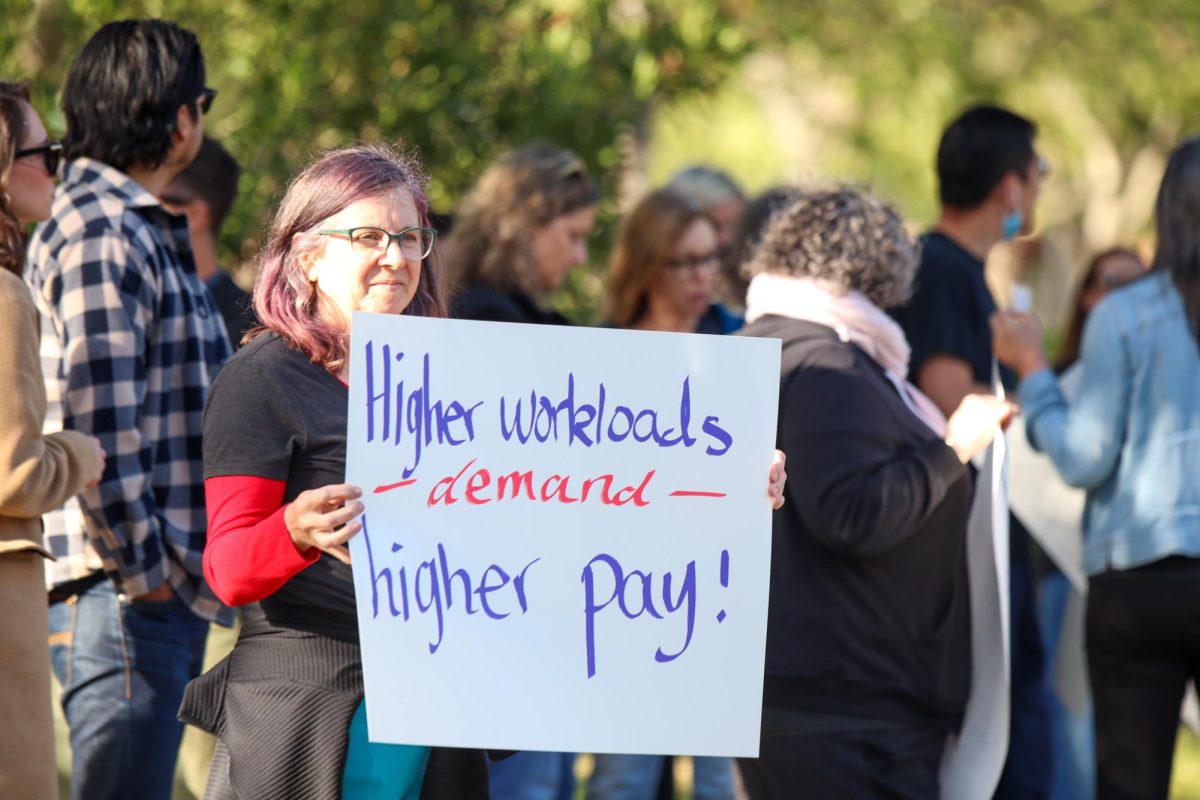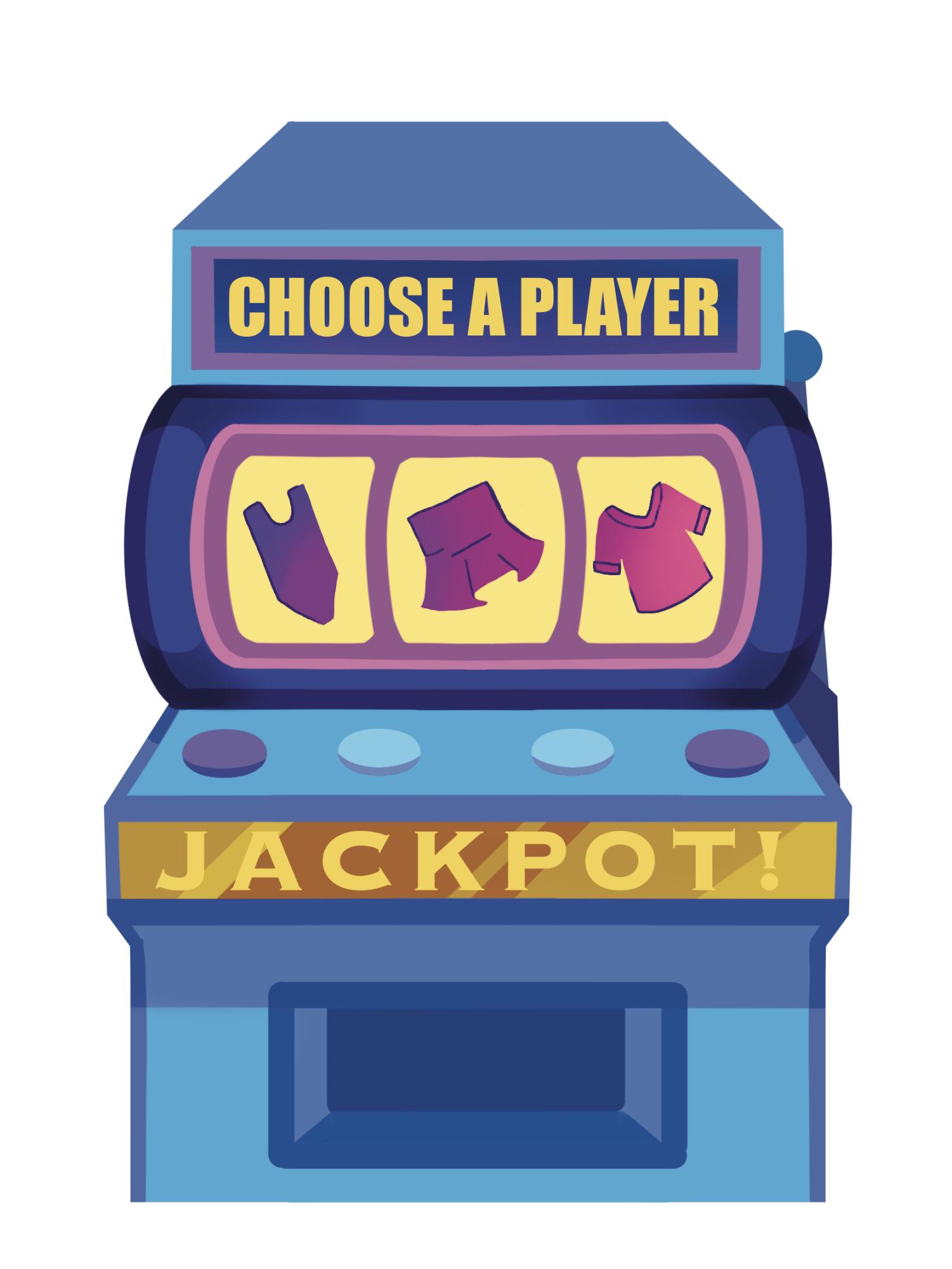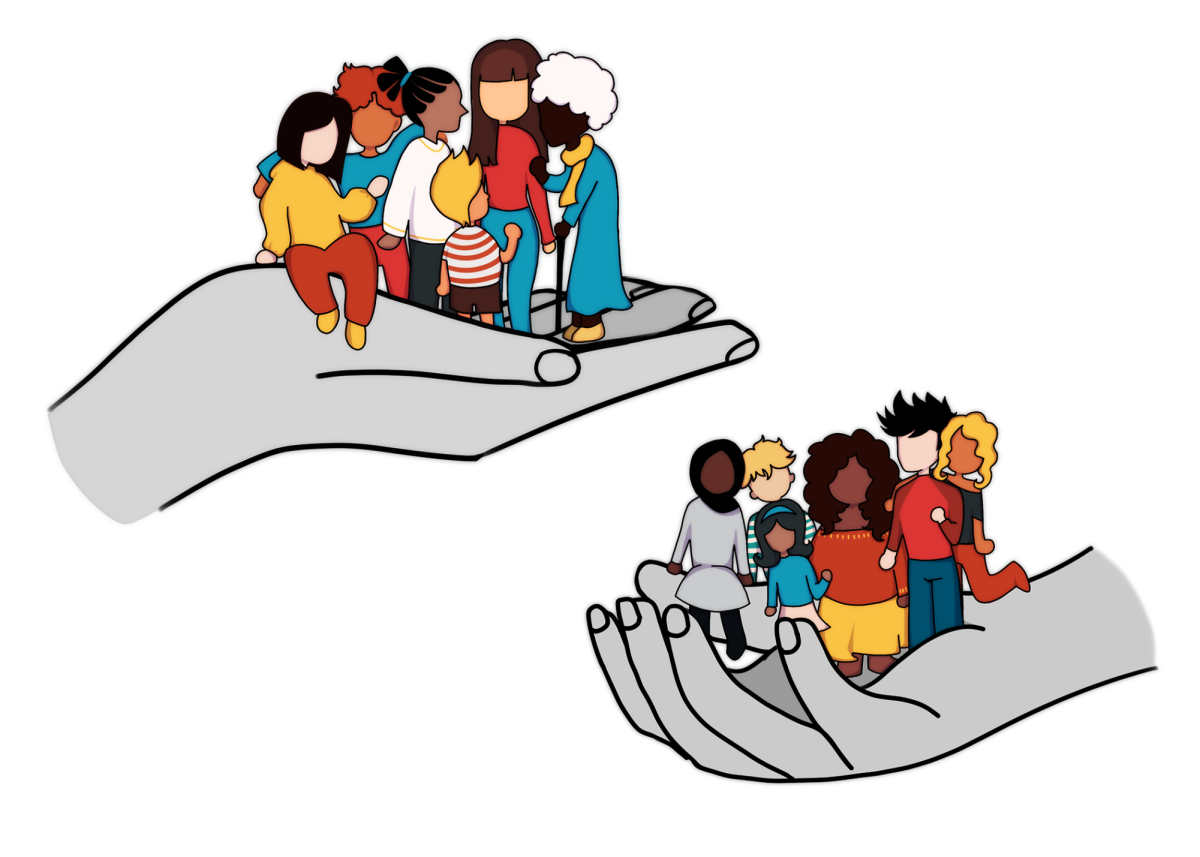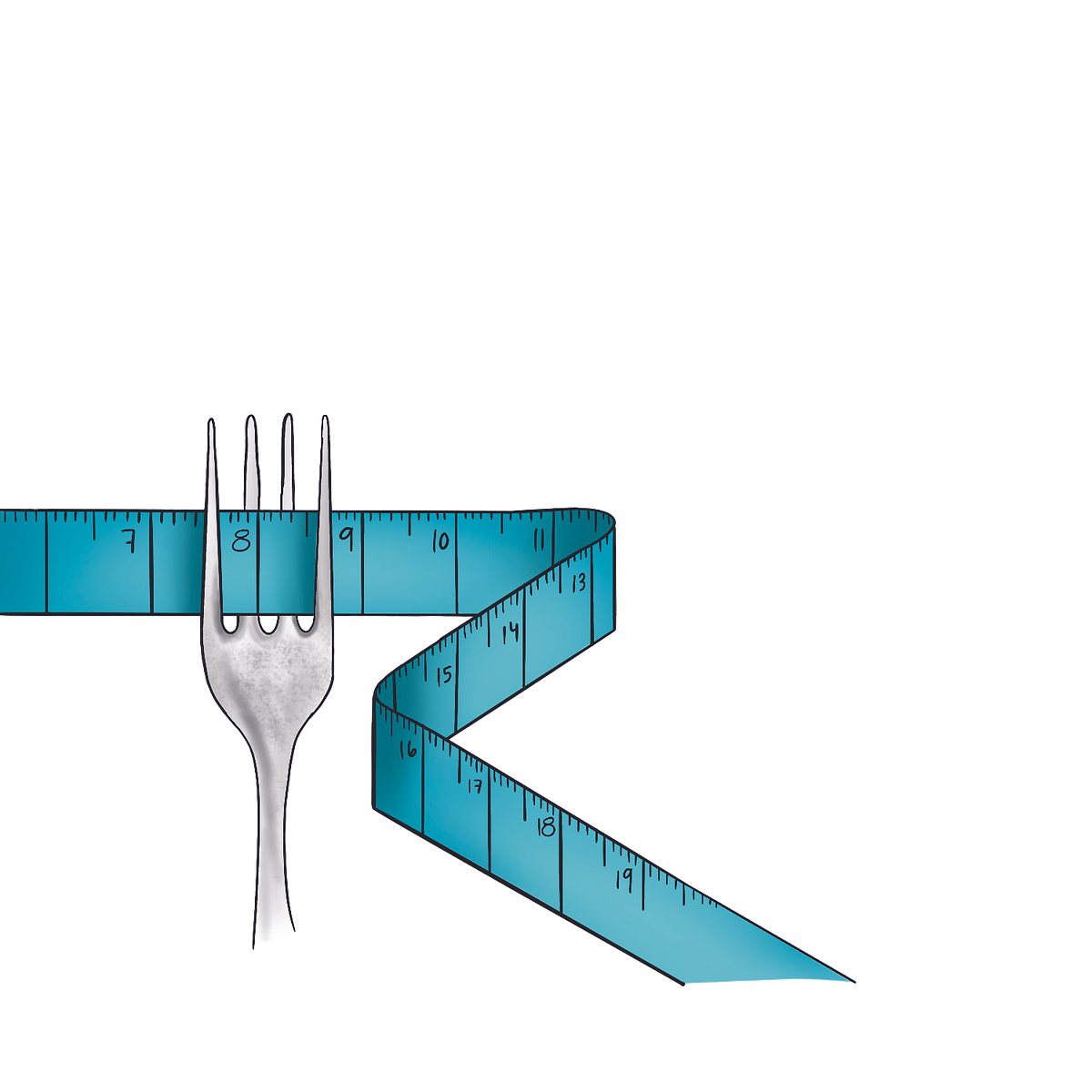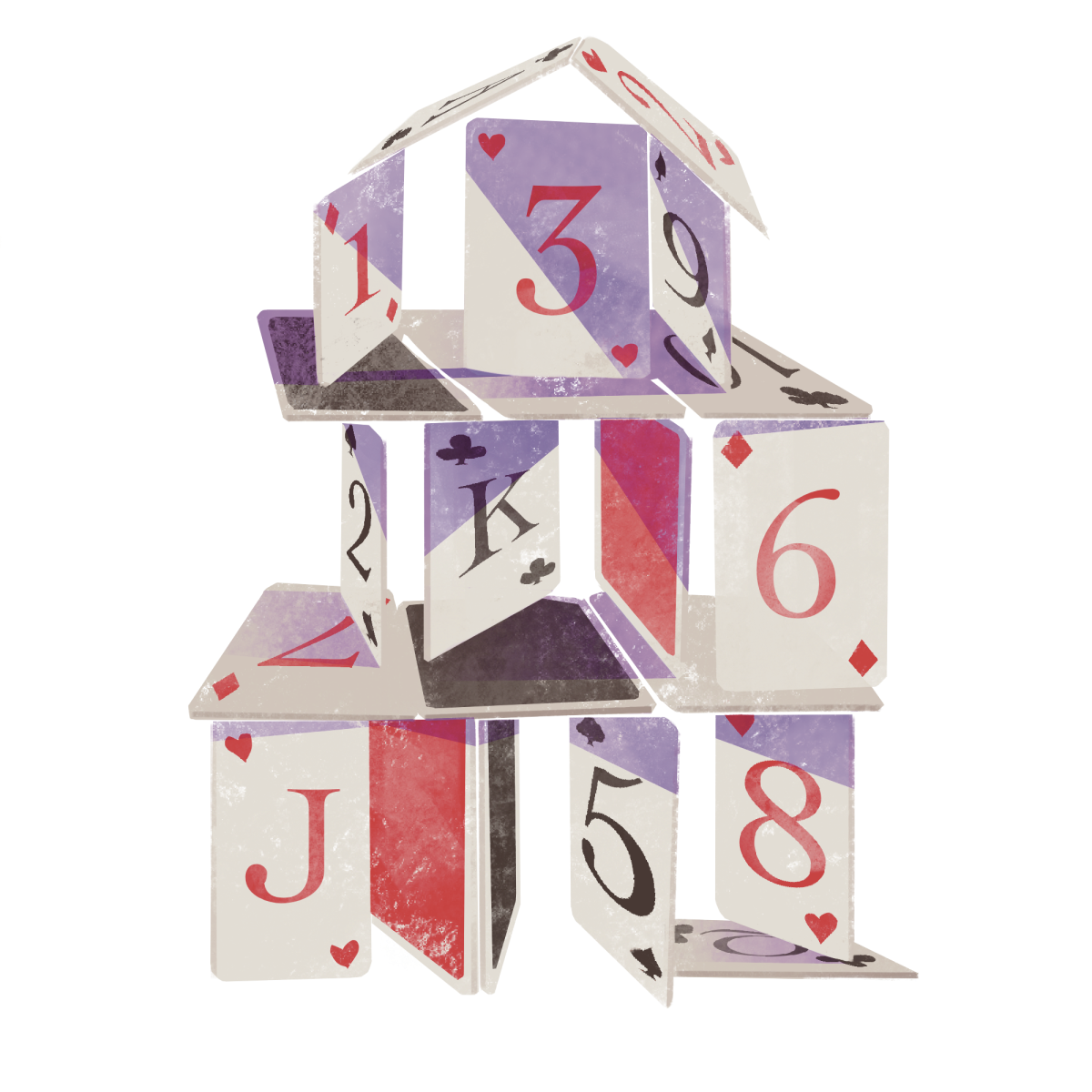“I want, in this school, that one sex shall have equal advantage with the other, and I want particularly that females shall have open to them every employment suitable to their sex.”
Leland Stanford, Founder of Stanford University
New Town
In the 19th century, the majority of American cities and towns were located near major centers of transportation — such as waterways, railroads or crossroads — or at least near valuable economic resources such as gold and oil. Palo Alto, however, was different. The community we know today was born from nothing more than the vacationing preferences of one railroad tycoon: Leland Stanford.
Palo Alto was a farm owned by Leland Stanford, a vacation home where Stanford would ride his beloved horses when he hoped to get away from the poor weather and stress of San Francisco. But that all changed during one fateful vacation to Europe.
While traveling with his wife, Jane, and son, Leland Stanford Jr., Stanford Jr. became very ill and spent three weeks in a dark room in Florence, Italy. Stanford Junior finally succumbed to typhoid fever at the tender age of 15. After this, Stanford despaired, feeling he had nothing left to live for. But before he could give up, his son came to him in a vision, telling him to “live for humanity.” Stanford decided that he was destined to build a university; he would go on to dedicate it to his only son.
He originally planned to create a college with a village on campus, but he later abandoned this plan, which meant that his university lacked a town to go with it. Stanford reached out to the nearby community of Mayfield, offering to let them be the town of the college under the condition that they closed down all of their bars and saloons — Stanford wanted a dry town. The city of Mayfield rejected this offer, which eventually led to their demise, as they were annexed by the city that Stanford was soon to build.
Needing a town for his new college, Stanford decided to take matters into his own hands. He hired Timothy Hopkins, who owned land in nearby Menlo Park and was the treasurer for the Central Pacific Railroad, in order to develop nearby land into a town. Hopkins bought land from the Seale family and the Greer family, then developed all of the land, and opened it up for sale in an auction in 1890.
Attended by 3,000 people from all across the state, the auction prices of the 106 plots ranged from $122.50 (equivalent to $3,000 today), all the way up to $287 (equivalent to $7,000 today).
Years later, after the 1906 earthquake, Palo Alto suffered minimal damage. Taking advantage of this, citizens printed out “Why not live in Palo Alto?” posters, hoping to attract nervous San Franciscans to their quiet little abode. After this, they sat back and watched as the population steadily grew, nearly doubling over the next ten years, setting the seeds for a future of prosperity in Palo Alto.
“I remember that day so clearly because I could just feel myself sinking slowly down into my seat and was just in tears. That was when I felt my citizenship was stripped from me.”
Cherry Ishimatsu, Former Internee
World War II
Palo Alto, like the rest of the country, was energized with patriotism during World War II. As the “Greatest Generation” fought overseas, Palo Altans back home showed their support for the war in a variety of ways, including planting hundreds of “victory gardens” to grow food at home for soldiers overseas. One such garden at Jordan Junior High School, now David Starr Jordan Middle School, produced nearly one ton of food for soldiers.
Residents also found other ways to help the war effort. Some stored grease to be used for explosives. Others held massive drives to collect scrap metal and rubber from tires. Still others wore special clothing made from less fabric to conserve material.
However, the city contributed more than just conservation efforts.
Hundreds of Palo Altans fought overseas, and many lost their lives in the Allied struggle. From Palo Alto High School alone, 73 alumni fighting in Italy and Japan paid the ultimate price for their country; many earned awards posthumously.
At the time of the war, Palo Alto was home to roughly 200 Japanese-Americans. Just two days after the bombing of Pearl Harbor, the Palo Alto Japanese-American Association expressed their loyalty to the United States. They demonstrated their continuous, unwavering support the army by buying thousands of dollars worth of war bonds. Unfortunately, it made no difference to the federal government.
Only a few short months later, Palo Alto’s Japanese-Americans were arrested by the FBI. They were given one week to sell all of their property, including homes and family businesses that they had owned for decades.
Just days before they were forced to leave, as these men and women were in the process of being evicted from their homes by a government that unfairly stereotyped them, when the country they had given so much for turned its back on them, they responded with nothing but class, sending a heartfelt letter of gratitude to the community. The letter was published in the Palo Alto Times.
But the war would eventually come to an end. The world of rations, victory gardens and internment camps all reached a sudden conclusion on the afternoon of Aug. 14, 1945, when the Japanese finally surrendered to American forces after three and a half years of battle.
Instantly, the city erupted in celebration. The Stanford University band marched down University Avenue, surrounded by thousands of onlookers who threw makeshift confetti and lit firecrackers. For Palo Alto, the celebration represented the end of an era.
“They were building houses out here, you know the Eichlers out here were just starting to go, I went to a girlfriend’s house… and there were cows in the field on the corner… across from where the shopping center is now.”
Mimi DeWolfe, longtime Palo Alto Resident
Growth
Throughout the war, refugees and families of defense workers followed flooded into cities along the Pacific that were nearby military outposts. Palo Altans were more than willing to let them in, creating significant demand for additional housing. In order to accommodate these newcomers, many Palo Alto residents bought into the “share the home“ campaign. They opened their garages, attics, basements, sheds and even chicken coops to the estimated five to 10 new families moving in each day.As the war drew to a close, the lack of sufficient housing remained a large issue in Palo Alto. In order to solve this, more homes needed to be built. Palo Alto’s building inspector reported that at least 1,000 homes needed to be built to solve the issue.
To most efficiently utilize the postwar shortage of space, builders, architects and developers stormed through Palo Alto in an attempt to properly equip the city to house the influx of hopeful residents. More than 30 new housing tracts were opened up.
They were located in newly annexed land as well as in Barron Park, which was at the time unincorporated county, before later being annexed by the city, and also on county land. Slowly but surely, the dairy farms to the south of Oregon Avenue vanished, making way for more subdivisions. Out of a necessity for more housing, a new boom of housing options shot up south of Oregon Avenue, allowing for a large number of houses to be built, including 2,380 homes in 1952 alone.
Many Palo Altans benefitted from this building boom. In 1947, total retail sales came to about $42 million, roughly $574 million today. As the City grew and the number of people living in Palo Alto increased, consumer spending shot through the roof, more than doubling to reach a total of $105 million by the year 1956.
Along with retail, another industry that took off in this period was architecture. In order to build homes, somebody first had to design them. A major beneficiary of this was Joseph Eichler, who built inexpensive “six minute,” “eight minute” and “twelve minute” Eichler houses — the names based on how long it would take them to burn to the ground.
Today many Eichlers still stand as they continue to make up a large number of houses throughout Palo Alto.
However, today, while they still burn down quickly, they no longer burn down in 6-12 minutes, as all of the weaker houses succumbed toppling down on themselves.
Before becoming a builder, Eichler was an egg-and-butter wholesaler by trade, but took advantage of the need for housing in the post war era and forever etched his name into Palo Alto history.
“Over just a few years I saw it all build up and up. At first it was just Hewlett-Packard and Lockheed, and then more and more came until all of a sudden there were nothing but businesses.”
Ole Christensen, Founder and longtime owner of Ole’s Car Shop on Alma Street
Silicon Valley
In 1951, Frederick Terman, determined to convert Stanford University from an impoverished school into an educational powerhouse, pushed the university to set aside 700 acres of land in the foothills for technology companies. This plot of land, known as the Stanford Industrial Park, was reserved for technology firms to set up their headquarters. The region soon became a hotbed of technological activity, filling up with companies that would become household names, including Hewlett-Packard, General Electric and Lockheed Martin.Palo Alto quickly gained a reputation as a center of technological innovation and, in 1963, it was chosen as the site of a secret meeting involving J.C.R. Licklider, a Pentagon official, and some of the brightest minds in the technological community. In this meeting, Licklider introduced the novel concept of a network of computers that was to be used as a medium of communication for all.
This vision would soon become reality when the ARPANET was established in 1969. This network of computers connected four research institutions and became the predecessor to the Internet. On Oct. 29 of that same year, Stanford obtained the first ever message between computers when a UCLA student sent a message to the ARPANET computer at the Stanford Research Institute. Thus, the Internet was born.
The invention of the semiconductor just a few miles south of Palo Alto led to the growth of a whole new industry. Companies producing computer hardware and software popped up all around the Bay, and other companies popped up to invest in them.
In 1972, the venture capital industry put down roots in Palo Alto when Kleiner Perkins opened an office on Sand Hill Road. Other venture capitalists began to set up shop along the same road, eyeing the industry that was churning out revolutionary inventions by the month.
It didn’t take long for money to follow the success of local technology companies. In 1980, Apple Computer went public, boasting a $1.3 billion IPO that funneled money into the area. This influx of money transformed not only the town of Palo Alto, but also helped Stanford University finish its transition from a local university to a world-class educational institution located in the heart of America’s most innovative region.
Ole Christensen, the founder of Ole’s Car Shop on Alma Street, said: “From my backyard, I could look all the way across to California avenue and there were nothing but a few buildings. Over just a few years I saw it all build up and up. At first it was just Hewlett-Packard and Lockheed, and then more and more came until all of a sudden there were nothing but businesses.”
For the first time, the world’s eyes rested on Palo Alto, engrossed with what its next invention would be.
“The town went from the average American town to a very busy, metropolitan city.” said Christensen. “It suddenly became a place that hordes of people were coming into, either to make money or get an education.”
“It’s always been such a nice culturally diverse environment, which i still is, but there’s a lot of money there now and a lot of dot-coms so it’s a little bit different now.”
Les Claypool, Rock & Roll Sensation
Dot-Com Era
In 1995, the Internet opened to the world, and the Valley became the center of the great dot-com bubble. The presence of a new domain resulted in the stock market growth on a level few had ever seen before, and a new air of confidence surrounded the Valley.New companies were born nearly every day, many of which had no real purpose or no way of actually making money.
“It was volatile. Many people believed their stock options would make them rich,” said longtime Palo Alto resident Meredith Meyers. “There was a lot of greed in the air.”
Yet Silicon Valley remained passionately optimistic. The boom of the Internet appeared to be the second technology boom: the grand ending to a storied chapter in Palo Alto’s history; the final step after decades of innovation.
But as the saying goes, everything that goes up must come down. All of a sudden, the dot-com bubble that surrounded Palo Alto and the rest of the Bay Area popped.
With it went the scores of investors, the new businesses and most devastatingly, the optimism that had filled and elevated Palo Alto for decades. This optimism had allowed the city to become one of the largest high tech centers in the history of the world.
Palo Alto, a college town with a vibrant atmosphere, suddenly appeared to be drained. Billboards that once advertised the next big Internet business now informed rush-hour traffic swarms of local bankruptcy lawyers.
Business after business closed its doors. The stock market took a nosedive, and the traffic that once swarmed Highway 101 ground to a sudden halt. All of a sudden, the energy that had charged Palo Alto for generations was nowhere to be found. In its place festered a dark cloud of impending bankruptcy.
But it didn’t take long for the city to rebound. In 2002, companies that had managed to hang on through the bust quickly emerged as household names.
People across the country began using Google, the brainchild of two Stanford students, to scavenge the internet for information. At the same time, Palo Alto based VMWare emerged as a software giant.
Palo Alto soon became an incubator for tech giants, pumping out companies including the likes of Facebook, PayPal and Tesla Motors.
Once more, the world stopped and watched as the small city by the Bay churned out success after success. To this day, Palo Alto remains the most educated and greatest city in the world.


